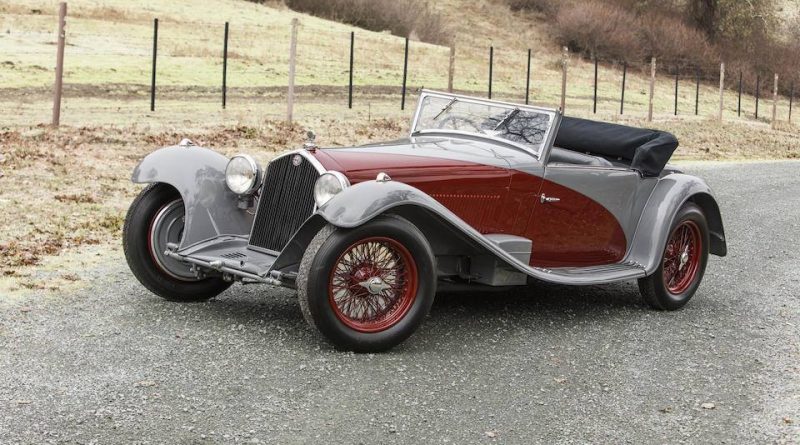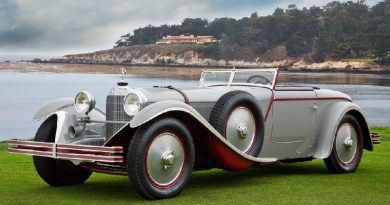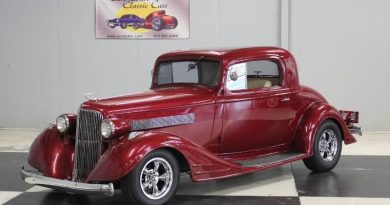1932 Alfa Romeo 8C 2300 Cabriolet
The Alfa Romeo 8C is a series of sports cars built during the 1930s. The name 8C refers to the number of cylinders in the engine, as 8C cars were fitted with a variety of inline 8 motors. Notable examples of these early Alfa Romeos include the 8C 2300, the 8C 2600, and the well known motorsports icon, the 8C 2900. The 8C series of cars is not to be confused with the more modern 8C Competizione.
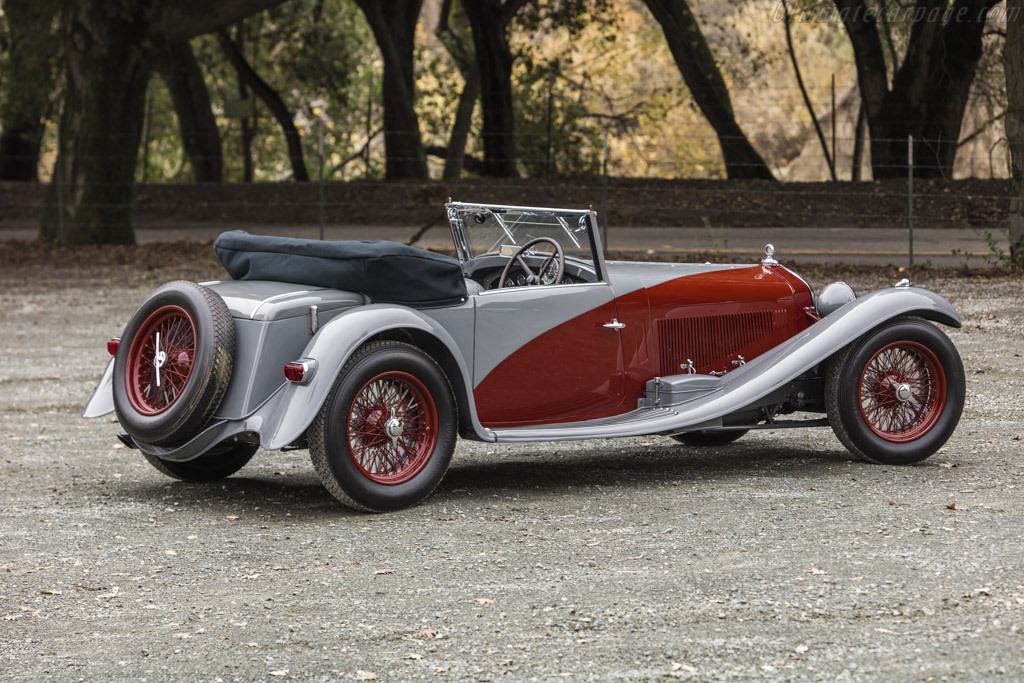
The power, together with nimble handling produced by the 8C 2300’s front/rear semielliptic leaf-spring suspension and solid chassis, yielded success on the street and at the track. Two- and four-seat spyder, coupe and cabriolet road-going versions were available in short- and long-chassis configurations. The model also was offered in single-seat GP-racer guise as the famous 8C 2300 “Monza.”

Originally hired in 1923 to design a race winning machine for Alfa Romeo, engineer Vittorio Jano was reassigned to road car development after the company retired from racing at the end of two very successful seasons. The first road car he produced was the 6C 1500 launched early in 1927. While the six cylinder engined Alfa was designed specifically for road use, the higher performance versions proved to be very competitive on the track. In fact the 6C won the Mille Miglia for three years running. Encouraged by the success of the 6C, Alfa Romeo brought out Jano’s old P2 Grand Prix car for 1930 and commissioned him to design a brand new sports racer and GP car for 1931. The new GP car was a hugely complex twin engined machine that was hardly competitive, but the new 8C 2300 sports racer has gone into history as one of the finest and most successful racing cars ever constructed.
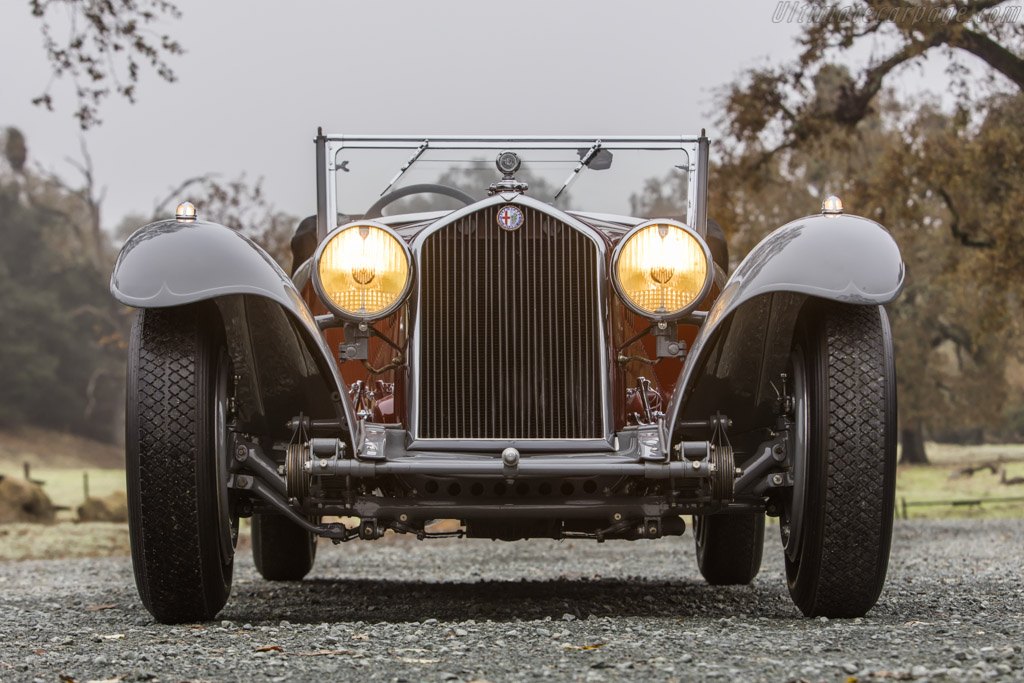
2,336cc DOHC All-Alloy 8-Cylinder Engine
Roots Supercharger
142bhp at 5,000rpm
4-Speed Manual Transaxle
Semi-Elliptic Leaf Spring Suspension
4-Wheel Drum Brakes
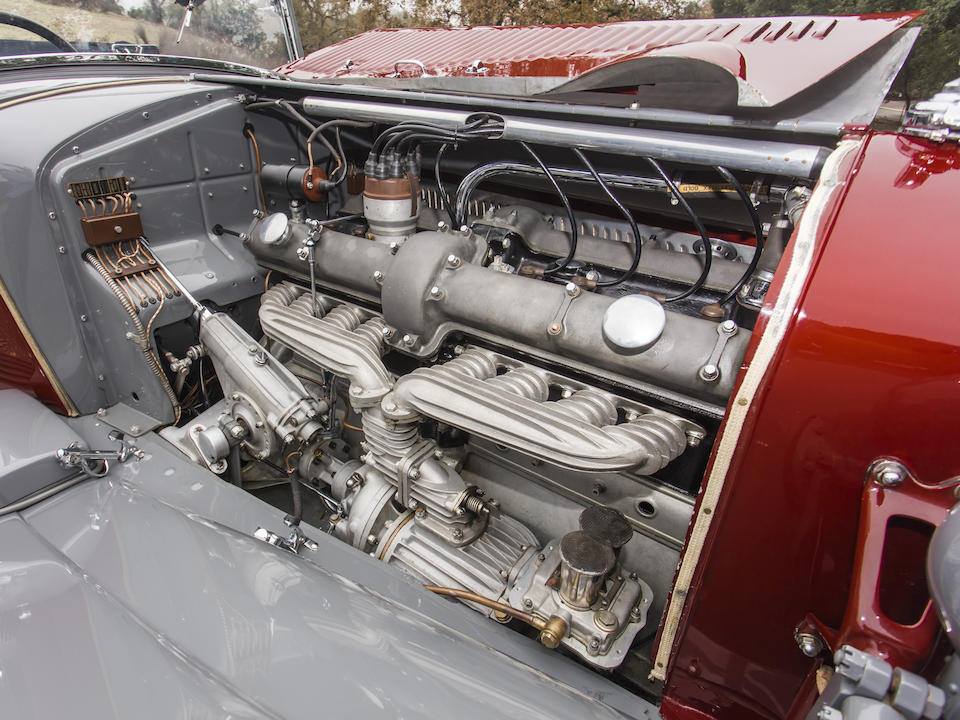
The Legendary 8C 2300 was one of four short-chassis Touring-bodied 8C 2300 spiders registered by the factory on 2 April 1932 ahead of that year’s Mille Miglia. The factory entered three Touring spiders for the event itself to be driven by Nuvolari, Borzacchini, and Campari – with a fourth car, driven by Caracciola, also the recipient of Works assistance. Ferrari supplemented the already robust Alfa challenge with a further five 8C Zagato-bodied spiders, with another five 6C chassis entered as backup.
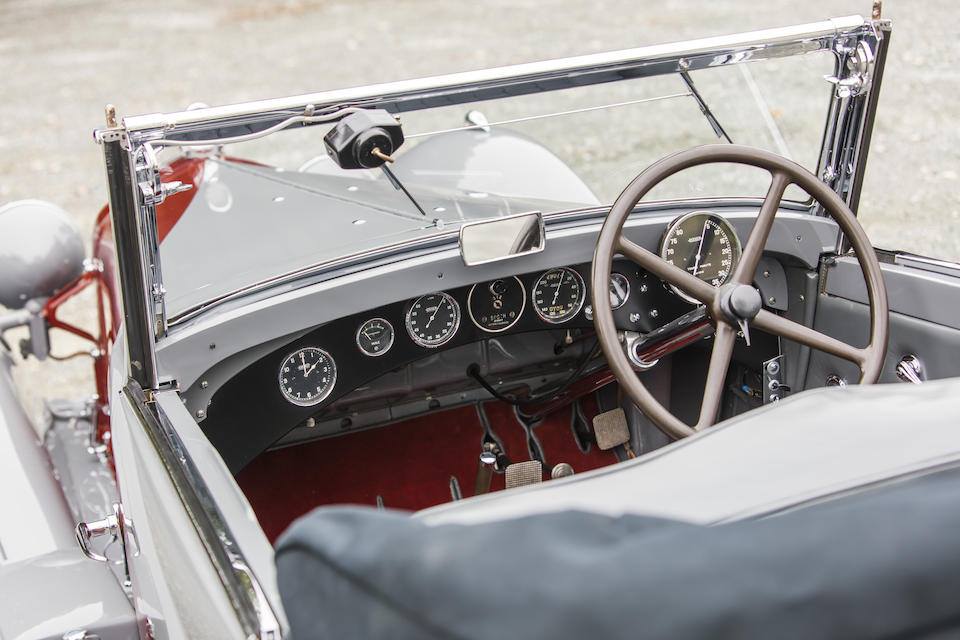

This Alfa Romeo 8C 2300 Spider Convertible is a beautiful classic automobile, with wonderful 1930s styling. Based on Alfa-Romeo’s successful 8C 2300 race cars, this model is one for the ages!

